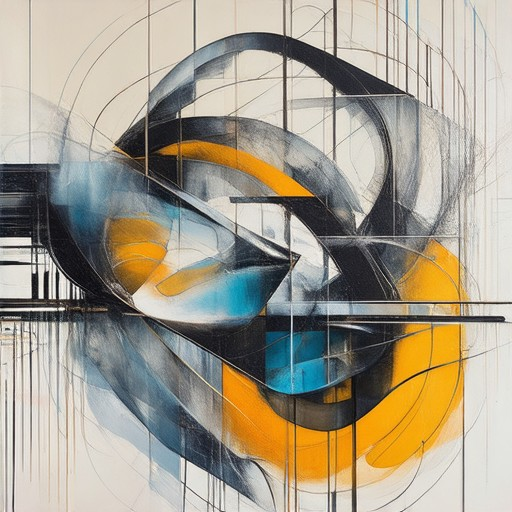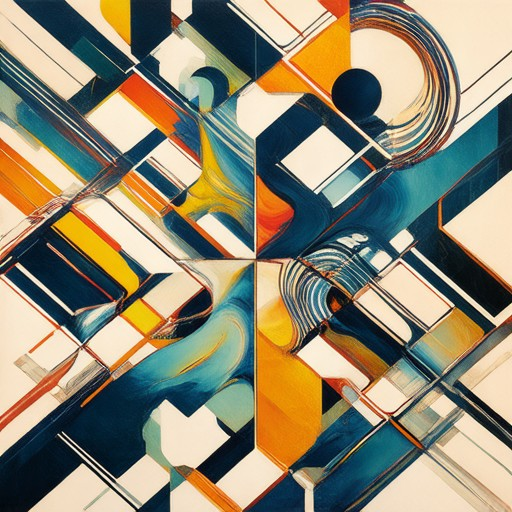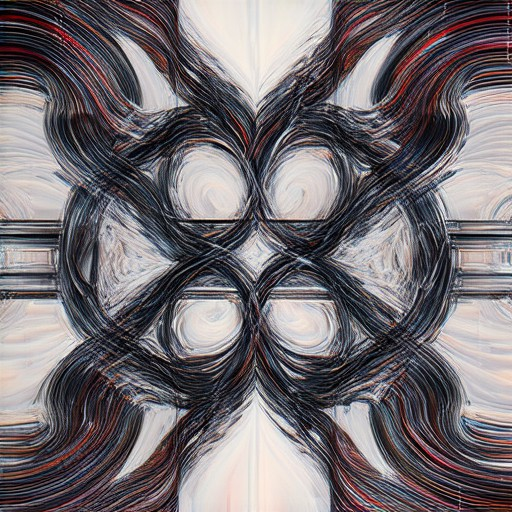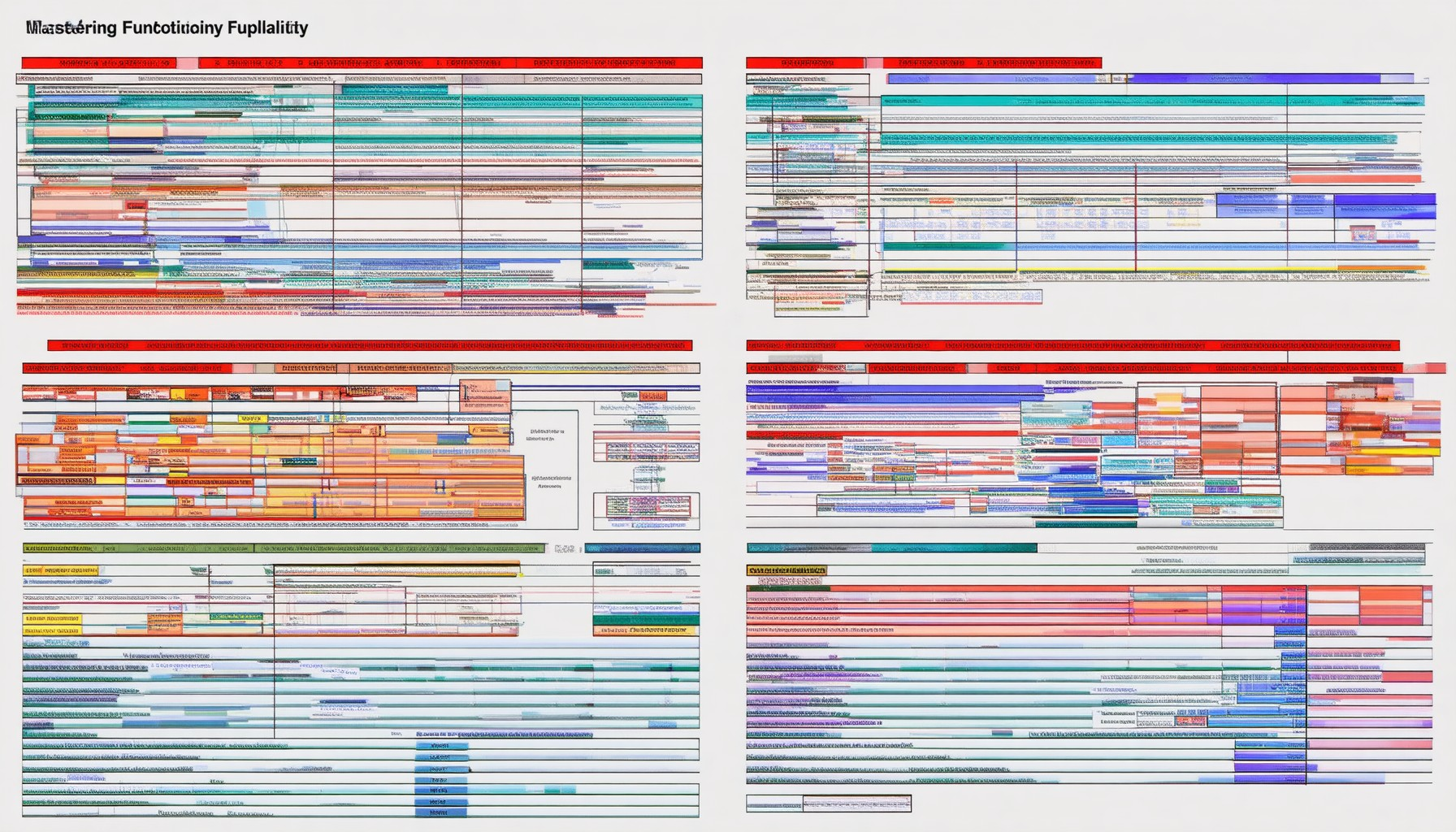Designing with functionality has long been a cornerstone of creating effective and meaningful designs. In today’s fast-paced world, where aesthetics and usability are equally important, the concept of design functionality stands out as a critical factor in shaping user experiences. Whether it’s a product, service, or digital interface, functionality ensures that form meets purpose, driving efficiency and satisfaction. This article delves into the essence of design functionality, exploring its definitions, examples, and comparisons to provide a comprehensive understanding of its role across various disciplines. From architecture to software engineering, functionality remains a linchpin for success, blending seamlessly with user needs while delivering tangible results. By examining real-world applications and dissecting its impact, this exploration aims to highlight why design functionality is not just a trend but a necessity in our increasingly complex world.

What is Meant by Design Functionality?
Design functionality refers to how effectively a design meets user needs and achieves its intended purpose. It is a critical aspect of interaction design, ensuring that a product, interface, or service is both useful and easy to use. Functionality is essential across all types of designs, from physical objects like furniture to digital platforms and software applications.
Key Components of Design Functionality:
- Usability : A design is functional if users can easily achieve their goals within the design. Usability focuses on simplicity, accessibility, and efficiency in navigation.
- Aesthetics : While not always the primary focus, aesthetics play a role in functionality by creating an appealing and engaging user experience.
- Durability : Functional designs often consider longevity and reliability, ensuring that the design withstands wear and tear over time.
- User-Centeredness : Functionality is deeply tied to user-centered design principles, where the needs, preferences, and behaviors of the target audience guide the design process.
Examples of Design Functionality:
- In web design, a website’s functionality includes features like navigation menus, contact forms, and search bars.
- In product design, a chair’s functionality involves comfort, stability, and ease of assembly.
- In software development, a mobile app’s functionality includes features like location services, payment gateways, and push notifications.
Importance of Functionality in Home Design:
At Peck and Gartner, we understand the significance of functionality in home design. A well-functional home should be both practical and enjoyable to live in. Our team of experts emphasizes the importance of designing spaces that are not only visually appealing but also highly functional. Whether it’s a kitchen remodel or a bathroom renovation, our goal is to create environments that enhance daily life.
For more insights into modern design trends and how to maximize functionality in your home, explore our latest articles on Peck and Gartner .
Competitor Insights:
While there are several excellent resources available, we recommend exploring content from leading design blogs like Apartment Therapy and Dwell for additional perspectives on design functionality and related topics.
By focusing on functionality, designers can create solutions that are not only effective but also meaningful and enduring. At Peck and Gartner, we are committed to helping you achieve this balance in your own projects.
Functionality in Design Considerations
Functionality in design considerations refers to the essential attributes and features that define the purpose, usability, and effectiveness of a product, service, or system. It focuses on ensuring that a design meets the intended requirements, is practical for real-world use, and aligns with the constraints and goals established during the design process.
Purpose
The primary function of a design is to solve a specific problem or meet a particular need. Functionality ensures that the design achieves its intended purpose effectively. For example, a smartphone’s primary functionality includes making calls, sending messages, and accessing apps. Without these core features, the device would fail to serve its primary purpose.
Practicality
Functionality also considers how well the design works in real-life scenarios. Practicality involves factors like ease of use, durability, and comfort. A chair, for instance, must not only look appealing but also support the user’s weight and be comfortable over extended periods. This ensures that the design is not just aesthetically pleasing but also serves a useful role in daily life.
Materials and Techniques
The choice of materials and techniques plays a crucial role in determining a design’s functionality. For example, a table made from lightweight materials is more practical for outdoor use compared to one made from heavy, fragile materials. Similarly, a jacket designed with waterproof and breathable fabric is more functional for varying weather conditions.
Constraints
Functionality must also account for any limitations or constraints. These could be technical, budgetary, or environmental. For instance, designing a solar panel requires consideration of factors like sunlight availability, panel efficiency, and potential wear and tear from harsh weather conditions. Balancing these constraints with the design goals ensures optimal functionality.
Examples in Different Industries
In product design, functionality is often tested through prototyping and user testing. Engineers and designers work closely to ensure that every feature serves a clear purpose and contributes to the overall usability of the product. In architecture, functionality is reflected in the layout and structural integrity of a building, ensuring it remains safe, comfortable, and efficient for its occupants.
Understanding and prioritizing functionality in design considerations is essential for creating solutions that are not only visually appealing but also highly effective and practical. By focusing on these key aspects, designers can deliver outcomes that truly meet user needs and expectations.

What is an example of functionality?
Functionality refers to the features or capabilities of a product, system, or object that allow it to perform its intended tasks effectively. Here are some real-world examples:
- Smartphone : Enables users to make calls, send messages, access apps, browse the internet, and more.
- Refrigerator : Provides storage space for food and drinks, cooling mechanisms to preserve items, and compartments for different types of food.
- Car : Allows drivers to start, stop, accelerate, decelerate, change direction, and maintain speed on roads.
- Thermostat : Adjusts temperature settings to regulate heating and cooling systems in a house.
- Washing Machine : Washes clothes by spinning them at high speeds and using water and detergent.
- Computer Keyboard : Facilitates typing by allowing users to input text, numbers, and commands.
- Door Lock : Secures a room by allowing entry only with the correct key or code.
- Alarm Clock : Warns users of upcoming events through sound or vibration.
- Camera : Captures images or videos to record moments or monitor environments.
- Toilet : Provides a place for waste disposal and personal hygiene through flushing mechanisms.
These examples highlight how each item is designed with specific features to fulfill its primary purpose, enhancing usability and efficiency for users.

Understanding Functionality and Design
When creating a product, two critical aspects come into play: functionality and design. While they are interconnected, they serve distinct purposes in shaping the final product.
Functionality
Functionality refers to the core features and capabilities of a product. It answers the question: “What does the product do?”
- Essential features
- Core functionalities
- Problem-solving abilities
- User needs addressed
Design
Design, on the other hand, focuses on the appearance and user experience. It answers the question: “How does the product look and feel?”
- Aesthetic appeal
- Visual layout
- User interface
- Emotional connection
Difference Between Functionality and Design
The key distinction lies in their focus:
- Functionality: What the product does (e.g., a smartphone’s ability to make calls and access apps)
- Design: How the product looks and feels (e.g., a smartphone’s sleek interface and ergonomic design)
Why Both Matter
Both functionality and design are crucial for a successful product. Without solid functionality, a product may lack purpose. Without thoughtful design, it may not appeal to users or provide a pleasant experience.
Elevating both aspects ensures a product is not only effective but also enjoyable to use. This balance is key to meeting user needs and standing out in a competitive market.
Example of a Functional Design
A functional design focuses on creating systems or products that meet specific user needs through effective functionality and usability. Here’s an example:
Example:
When designing a mobile app, a functional aspect might involve ensuring that users can easily navigate between different sections of the app. For instance, implementing a consistent menu structure or introducing swipe functionality to switch between tabs ensures that users can access features seamlessly.
Purpose of Functional Design
The primary goal of functional design is to ensure that the product or system is both useful and easy to use. It involves translating user requirements into tangible features that solve real problems.
Example in Context
At Peck and Gartner, we believe in creating functional designs that empower homeowners to tackle DIY projects confidently. One of our recent projects involved developing an online tool that allows users to visualize potential renovations before committing to them. This feature helps homeowners make informed decisions based on spatial awareness and design trends.
By focusing on functionality, we ensure that our solutions are not only innovative but also practical and accessible to everyone.

Understanding Functionality and User Experience
Functionality refers to the features and capabilities of a product or service that enable it to perform tasks effectively. It is focused on the technical aspects and ensures that the product meets its intended purpose.
User Experience (UX)
User Experience encompasses the overall experience a user has when interacting with a product or service. It includes factors such as ease of use, satisfaction, and emotional connection to the product.
Differences Between Functionality and UX
- Focus: Functionality is task-oriented, ensuring the product performs as expected. UX is user-centered, focusing on the user’s feelings and satisfaction.
- Goal: Functionality aims to deliver core features. UX aims to create a positive, intuitive, and memorable experience.
- Design Approach: Functionality is often determined during development, while UX is shaped through design and iteration based on user feedback.
- Influence: Both are crucial for success, but they operate on different levels. Functionality ensures the product works, while UX ensures users love it.
Examples
A smartphone’s functionality includes calling, texting, and browsing the internet. Its UX involves how easy it is to navigate, how satisfying it is to use, and how quickly users can complete tasks.
Conclusion
Both functionality and UX are essential for product success. Functionality ensures the product works well technically, while UX ensures users have a pleasant and engaging experience. By balancing both, companies can create products that are not only reliable but also delightful to use.





0 Comments